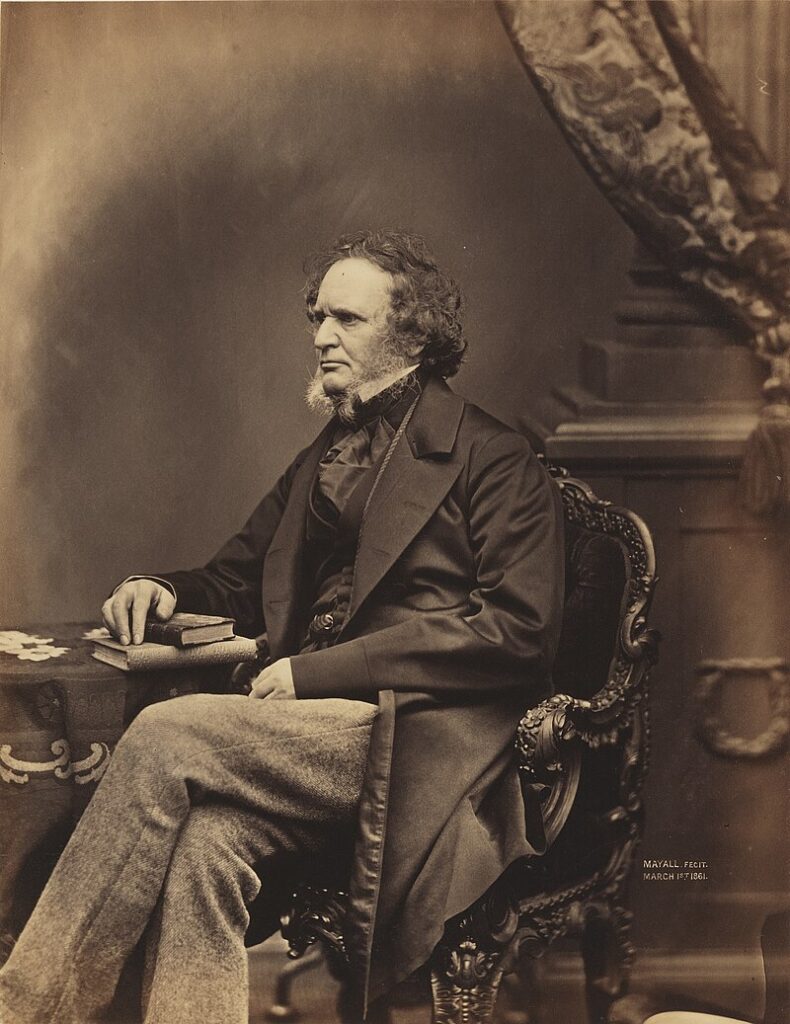
Caroline Stanley, the Countess of Derby, at Home with “Friends.”
The Countess of Derby is passionate about enhancing people’s lives through the power of studying history and sharing stories. Cazzy, as she is affectionately known
by her friends has spent the past 30 years working with her husband the 19th Earl of
Derby on the restoration of Knowsley Hall, the ancestral seat of the Derby Family.
Now that project is complete the Countess is on a mission to enhance people’s lives
through the power of storytelling. Born a Neville and married to a Stanley, the Countess is an exponent of living history. In 2023 she started to share her stories through podcasts, books and documentaries, working with leading academics both in the UK and the US to shed new light on 600 years of her family’s contribution to British History. The importance of the Stanley women has been brought to the fore with the tales of Lady Margaret Beaufort who put her son Henry Tudor on the throne of England as King Henry VII and Charlotte de la Tremoille, 7th Countess, who defended the family seat Lathom House against a ferocious siege by Oliver Cromwell for over 30 days.
Lady Derby, who studied History and History of Art at London University, is convinced that education and knowledge of chronological history have the power to change lives and prevent tragic repetition of old mistakes. Her first role was working for the Royal Collection to as an assistant curator and exhibition’s assistant to the Surveyor of The late Queen’s Pictures responsible for the promotion, display and protection of the paintings in the Royal Palaces and external loans.
Following her marriage to the 19th Earl of Derby in 1995 the Earl and Countess have spent 30 years working as a team to restore the Knowsley Hall, Crag Hall, and Stanley House stud, and their estates. Recently, Countess launched the Living History Society, a community on line for History Lovers across the world who are interested in 600 years of British History seen through the lens of the Derby Family. History lovers are invited to an annual History Festival at Knowsley Hall to focus on discussing the stories from the History books that are still relevant today. In 2024 the Countess celebrated the Stanley Women with a collection of insights into the extraordinary lives of the women who led the Derby family though successive generations.
This year, the Countess has published volume II of the recently discovered travel journals of the 14th Earl of Derby, who as a young man journeyed across Canada and the United States in the 19th century. Earlier, she published his European Grand Tour journal. His experiences during these travel adventures had a huge impact on his later ministries as Chief Secretary to Ireland, Colonial Secretary and Prime Minister three times to Queen Victoria. His inner most thoughts in these diaries will show him to be one of the leading visionaries of the Victorian age and will expose his true legacy, shedding new light on how he drew on examples from all aspects of American life to influence British reform.
Her new book is drawn from her insider’s knowledge of British history, including the history of her husband’s family:
A North American Tour Journal 1824-25: The Making of a Prime Minister
The American Journal of Edward Geoffrey Stanley
Later Prime Minister and 14th Earl of Derby

Edward Stanley, the 14th Earl of Derby, Who was Prime Minister of England Three times
In July 1824, Edward Geoffrey Stanley arrived in New York City at the end of a nearly five-week voyage from Liverpool. The young Member of Parliament and the future 14th Earl of Derby was under a cloud before his departure. His political career was off to a rough start and he was in love with a young lady that he was forbidden to marry. A lengthy tour, or as Stanley termed it, a “banishment,” had been imposed upon him
From July 1824 into March 1825, Stanley traveled extensively throughout the eastern half of North America. He crossed mountains and lakes, journeyed up and down rivers, and trekked through pine barrens, swamps, and marshes. He traveled by stage, steamboat, canoe, horseback and sometimes on foot, studying every aspect of the towns and countryside he passed through. Stanley was sometimes surprised, and sometimes shocked, by what he saw. Complicated interactions between the Catholic French and their Protestant British neighbors in Canada, the horrifying lives of those enslaved in the U.S. South, the poverty of Irish immigrants in the north, the degradation of Native Americans everywhere: all of these left deep impressions on Stanley. Everything he learned during this journey shaped his future career as a political reformer and distinguished statesman.
It is a compelling tale well told.
As next year is the 250th anniversary of the signing of the Declaration of Independence for America, it is important to note that the Countess is a direct descendant of General Charles Cornwallis who lost the Battle of Yorktown and General John Burgoyne, who lost the battle of Saratoga and lived at Knowsley Hall for some time as he was married to Lady Charlotte Stanley, sister to the 12th Earl of Derby.
The Derby family are uniquely placed to offer an insider’s view to this historic moment in the founding history of the United States of America along and how England’s defeat stunned the British Empire.
A North American Tour Journal 1824-25 The Making of a Prime Minister 1824-25
The American Journal of Edward Geoffrey Stanley
Later Prime Minister and t14th Earl of Derby

Edward Stanley, the 14th Earl of Derby, Who was Prime Minister of England Three times
In July 1824, Edward Geoffrey Stanley arrived in New York City at the end of a nearly five-week voyage from Liverpool. The young Member of Parliament and the future 14th Earl of Derby was under a cloud before his departure. His political career was off to a rough start and he was in love with a young lady that he was forbidden to marry. A lengthy tour, or as Stanley termed it, a “banishment,” had been imposed upon him
From July 1824 into March 1825, Stanley traveled extensively throughout the eastern half of North America. He crossed mountains and lakes, journeyed up and down rivers, and trekked through pine barrens, swamps, and marshes. He traveled by stage, steamboat, canoe, horseback and sometimes on foot, studying every aspect of the towns and countryside he passed through. Stanley was sometimes surprised, and sometimes shocked, by what he saw. Complicated interactions between the Catholic French and their Protestant British neighbors in Canada, the horrifying lives of those enslaved in the U.S. South, the poverty of Irish immigrants in the north, the degradation of Native Americans everywhere: all of these left deep impressions on Stanley. Everything he learned during this journey shaped his future career as a political reformer and distinguished statesman.
It is a compelling tale well told.